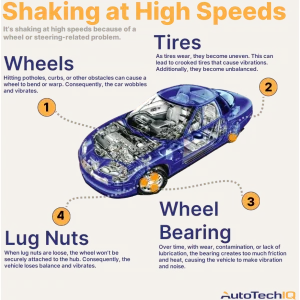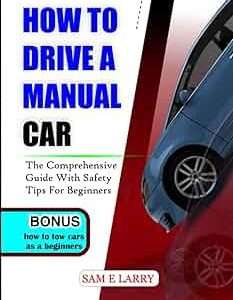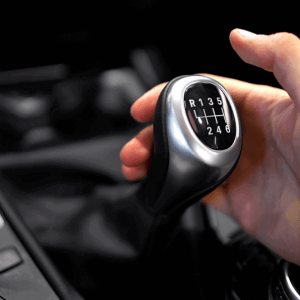What is a Dual Clutch Transmission (DCT)?
A dual-clutch transmission (DCT) is a type of automatic transmission that uses two separate clutches for odd and even gears. This allows for incredibly fast and smooth gear changes. It’s a complex system, but the result is a driving experience that can be both sporty and efficient. The DCT is also known as a twin-clutch, double-clutch, or even a semi-automatic transmission. It is important to understand the differences between a DCT and a traditional automatic transmission.
DCTs offer faster shifts than traditional automatics. They also provide better fuel economy than traditional automatics in some cases. However, they can sometimes feel jerky at low speeds. This is due to the nature of the clutch engagement.
Advantages of Dual Clutch Transmissions
DCTs offer several key advantages over traditional automatic and manual transmissions.
- Faster Shift Times: Gear changes are significantly quicker, leading to improved acceleration.
- Improved Fuel Efficiency: Reduced power loss during shifts contributes to better mileage.
- Smoother Transitions: The dual-clutch design minimizes shift shock.
- Sportier Driving Experience: The responsiveness of the transmission enhances the overall driving feel.
The speed of the gear changes is a major selling point. The seamless nature of the shifts makes for a very enjoyable driving experience. This is especially true in performance vehicles.
Disadvantages of Dual Clutch Transmissions
While DCTs offer many benefits, they also have some drawbacks.
- Cost: DCTs are generally more expensive than traditional automatic transmissions.
- Complexity: The intricate design can lead to higher repair costs.
- Low-Speed Jerkiness: Some DCTs can exhibit jerky behavior at low speeds, especially during parking maneuvers.
- Maintenance: DCTs may require more frequent maintenance, such as fluid changes.
The initial cost can be a significant barrier for some buyers. The complexity of the system also means that repairs can be more expensive. It is important to consider these factors when deciding whether or not a DCT is right for you.
Common Issues with DCTs
Like any mechanical system, DCTs can experience problems. Understanding these potential issues can help you maintain your vehicle and address problems early.
Common DCT Problems:
- Clutch Wear: The clutches can wear out over time, especially with aggressive driving.
- Mechatronic Unit Failure: The mechatronic unit controls the shifting process and can sometimes malfunction.
- Fluid Leaks: Leaks can occur in the transmission housing or lines.
- Software Glitches: Software issues can sometimes cause erratic shifting behavior.
Early detection is key to preventing major damage. Pay attention to any unusual noises or shifting patterns.
FAQ: Dual Clutch Transmissions
Are DCTs reliable?
DCT reliability varies depending on the manufacturer and model. Some DCTs are known for their robustness, while others are more prone to issues. Regular maintenance is crucial for ensuring long-term reliability. It is important to research the specific DCT in your vehicle.
Are DCTs expensive to maintain?
Yes, DCT maintenance can be more expensive than traditional automatics due to the complexity of the system and the specialized fluids required. However, proper maintenance can help prevent costly repairs down the road. Factor in these costs when budgeting for vehicle ownership.
Can I drive a DCT like a manual transmission?
While some DCTs offer manual shift modes with paddle shifters, they are not true manual transmissions. The computer still controls the clutch engagement and shifting process. You can influence the gear selection, but you are not directly controlling the clutches.




